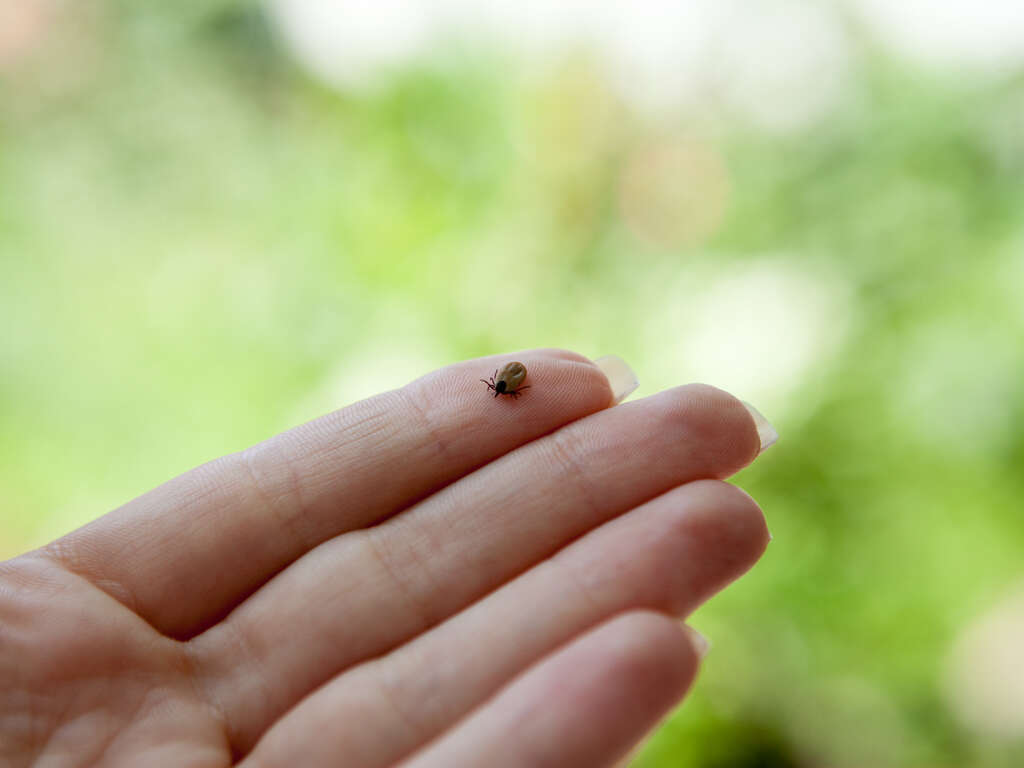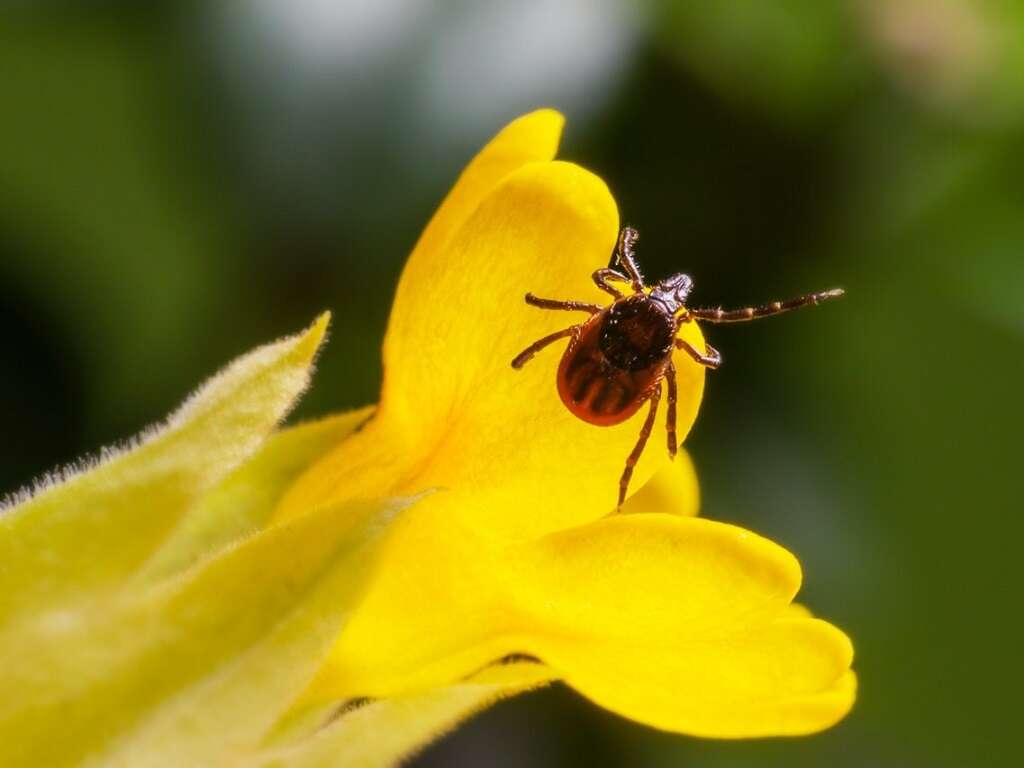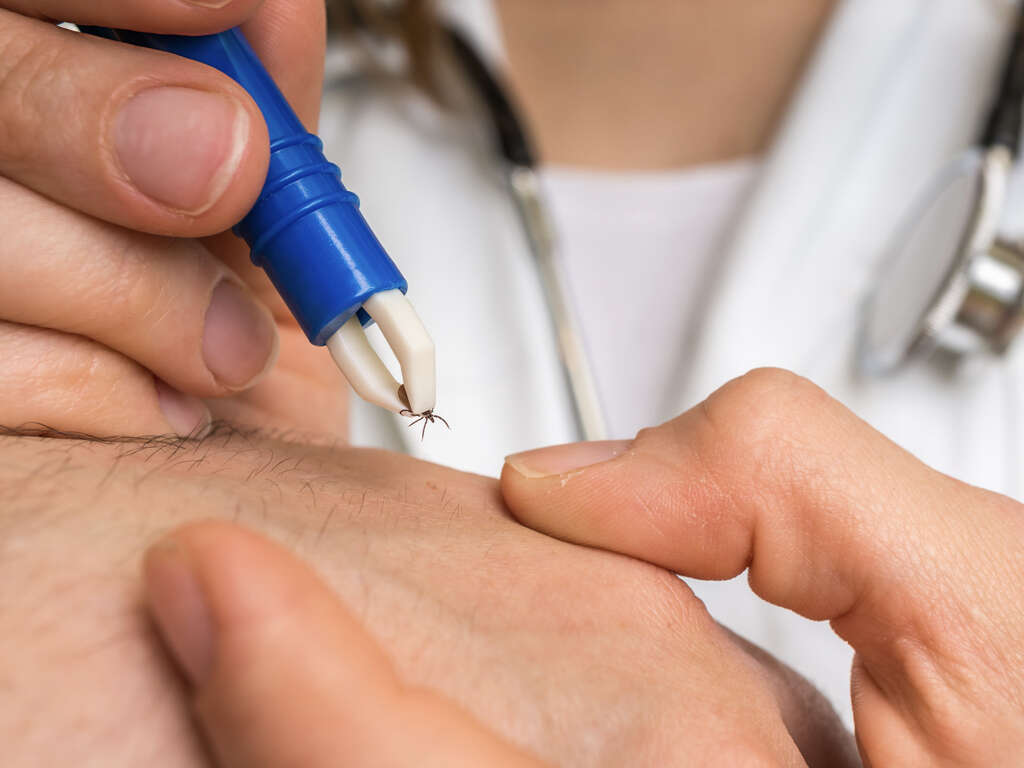What Is Rocky Mountain Spotted Fever?
Rocky Mountain spotted fever is a bacterial infection carried by ticks. It leads to an illness that can cause severe damage to internal organs. RMSF is among the most serious of tick-borne diseases and can be fatal.
The disease was originally identified in the U.S. Rocky Mountains, hence its name. However, it is more frequently found in the southeastern region of the U.S. It also occurs in some parts of Canada, as well as in South and Central America.

1. Transmission
There are several varieties of tick responsible for transmitting the bacterium Rickettsia rickettsia, which causes RMSF. The bite from an infected American dog tick, brown dog tick or Rocky Mountain wood tick can infect the person bitten.
It can take anywhere from six to 10 hours for enough of the bacteria from the tick to get into your system. Many people who contract the illness are unaware that they were bitten. Once the bacteria are in your blood, they reproduce and spread through the lymphatic system.
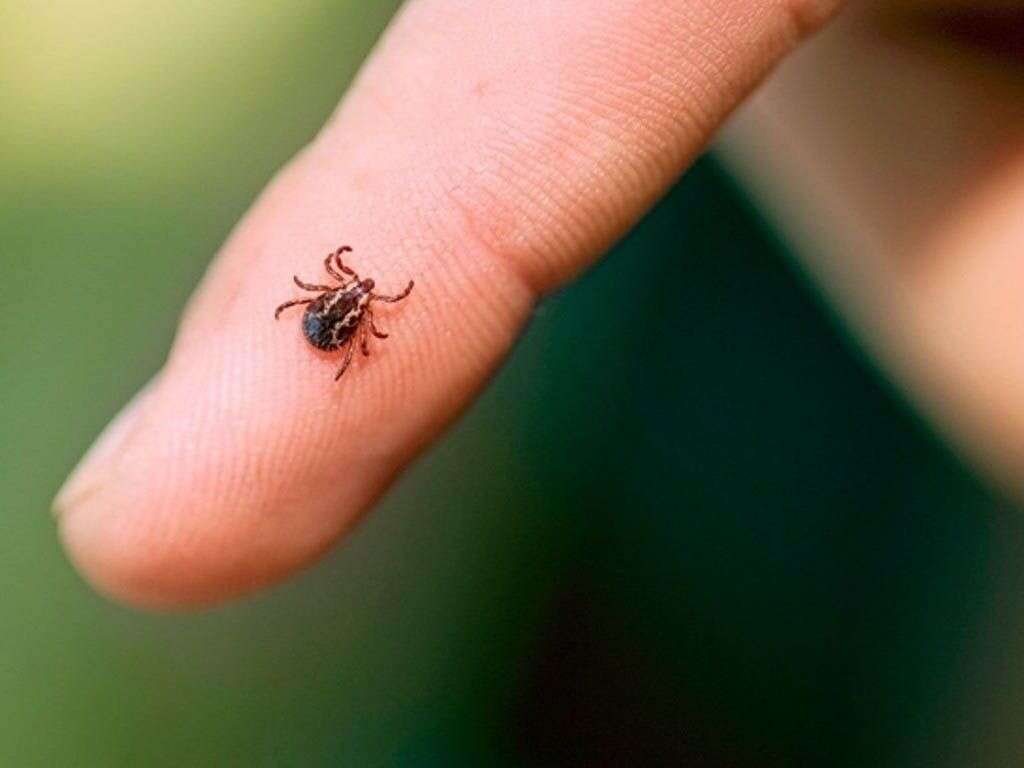
2. Risk Factors
Spending time outdoors in grassy or woodland settings in areas where the illness is prevalent is the most significant risk factor. The time of year is also important. RMSF is most likely to occur in the spring and summer months, when adult ticks are most active. If you have a dog, you are also at higher risk because the tick can be transferred from the dog to you.
RMSF is reported more frequently in men than in women. People over the age of 40 are more likely to contract the illness, but children under the age of 10 are more at risk of dying from it. Individuals who have compromised immune systems are more vulnerable to the disease, as are those who have a deficiency in glucose-6-phosphate dehydrogenase.

3. Prevalence
Cases of RMSF have risen sharply since the turn of the century. In 2000, 495 cases were reported, compared to 6,248 in 2017. Since then, there has been a small decline, though it remains to be seen whether the downward trend will continue. The death rate in the U.S. is low, averaging less the 1% annually.
The illness is more common in the southeastern U.S. More than 50% of total cases occur in Arkansas, Missouri, North Carolina, Tennessee and Virginia. RMSF was found for the first time in Arizona in 2013. Between that year and 2018, nearly 430 cases were reported, with a significantly higher than average death rate of 5%.
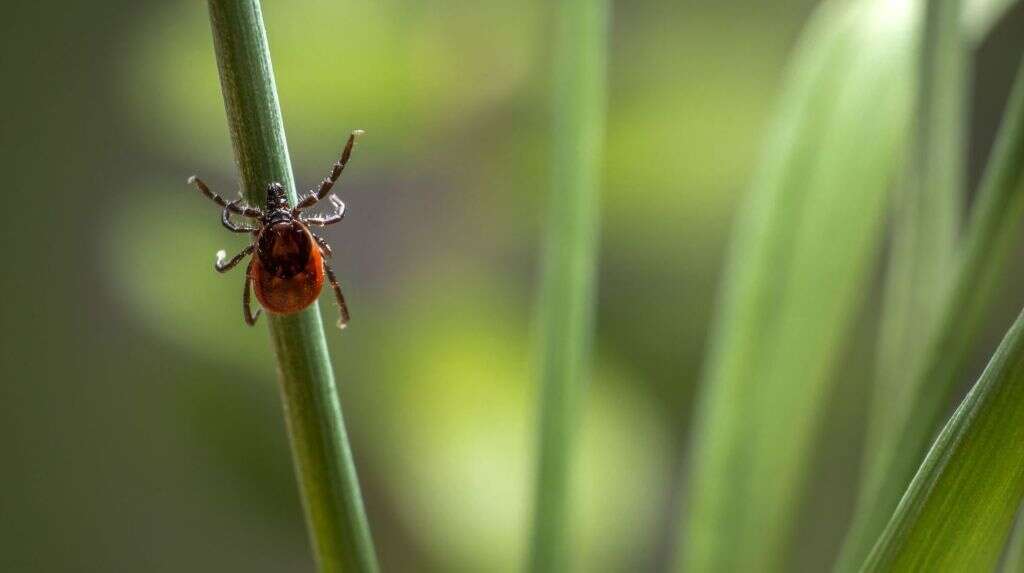
4. Symptoms
The first signs of RMSF are common to a number of illnesses. However, the disease can rapidly progress to a serious stage. Symptoms include a headache and fever, nausea and vomiting, lack of appetite and stomach and muscle pain. The most distinct symptom, however, is a rash.
The rash associated with the illness typically occurs between two and four days after the fever begins. In some, it can take longer to appear, making RMSF difficult to diagnose. The rash can look like small, red pinpricks, or it can display as larger red splotches. Most people who contract RMSF develop the rash at some point.
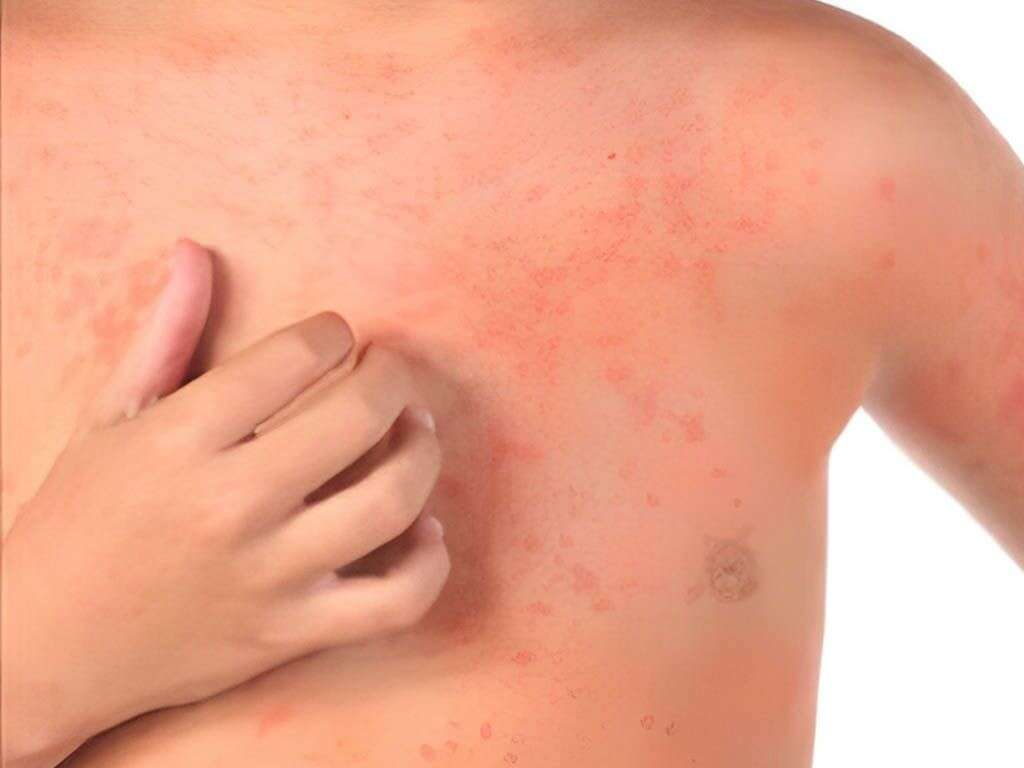
5. Complications
Though RMSF does not lead to chronic or long-lasting infections, complications are possible. Severe cases can lead to encephalitis, or inflammation of the brain. The heart can also become inflamed, leading to heart disease. There is the potential for kidney failure as well.
For individuals who develop serious infections, the infection can severely damage the vessels in the extremities. This potentially leads to gangrene and subsequently amputation of affected digits. When left untreated, RMSF leads to death in approximately 80% of cases.

6. Diagnosis
Diagnosis can be challenging because the symptoms of the illness resemble those of numerous other diseases, particularly prior to the appearance of the rash. If you show any signs of RMSF, it is important to seek medical attention immediately. Let your health care provider know if you have been bitten by a tick or spent time in woodlands or grasslands or around dogs.
If RMSF is a possibility, blood samples are drawn and tested. However, test results can take a long time. Suspicion of the illness is generally sufficient cause to begin treatment prior to getting the test results back.
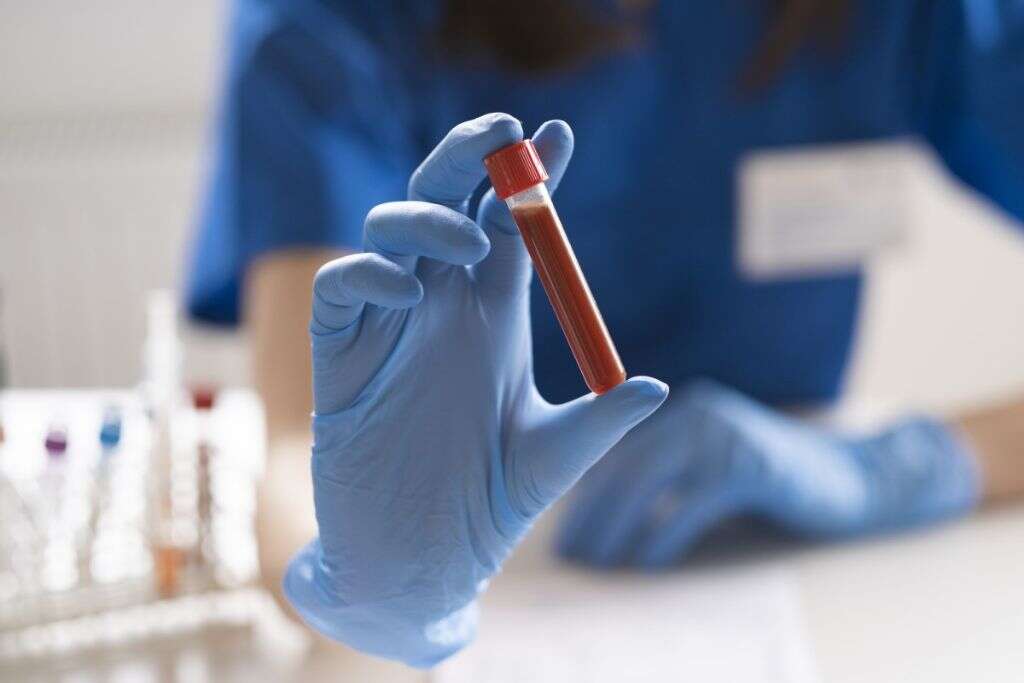
7. Treatment
Early treatment is critical, ideally within five days of infection. Waiting leads to higher risks of a severe infection and complications, which is the reason health care providers do not wait for lab results to begin treatment. The antibiotic doxycycline is the most frequently prescribed.
Taking a course of antibiotics is generally effective in curing the illness. However, it is important to follow the directions precisely. Furthermore, completing the entire course of medication is crucial. Make sure you let your doctor know if you are pregnant, as an alternative antibiotic will necessary.

8. Preventative Measures: Before Going Outside
The best way to prevent RMSF is to not get bitten by a tick. Know your risks and take the necessary precautions. If you spend time outdoors in areas where ticks are prevalent, wear clothing treated with permethrin. Treating your other outdoor gear, such as your tent, is a good idea as well. Do not apply permethrin directly on the skin.
Wear a hat, boots, pants, and long-sleeved shirts. Tuck your pants into your socks. Wearing light-colored clothing makes it easier to spot ticks that land on you before they reach your skin. You can also use DEET, oil of lemon eucalyptus, or other repellants formulated for ticks.
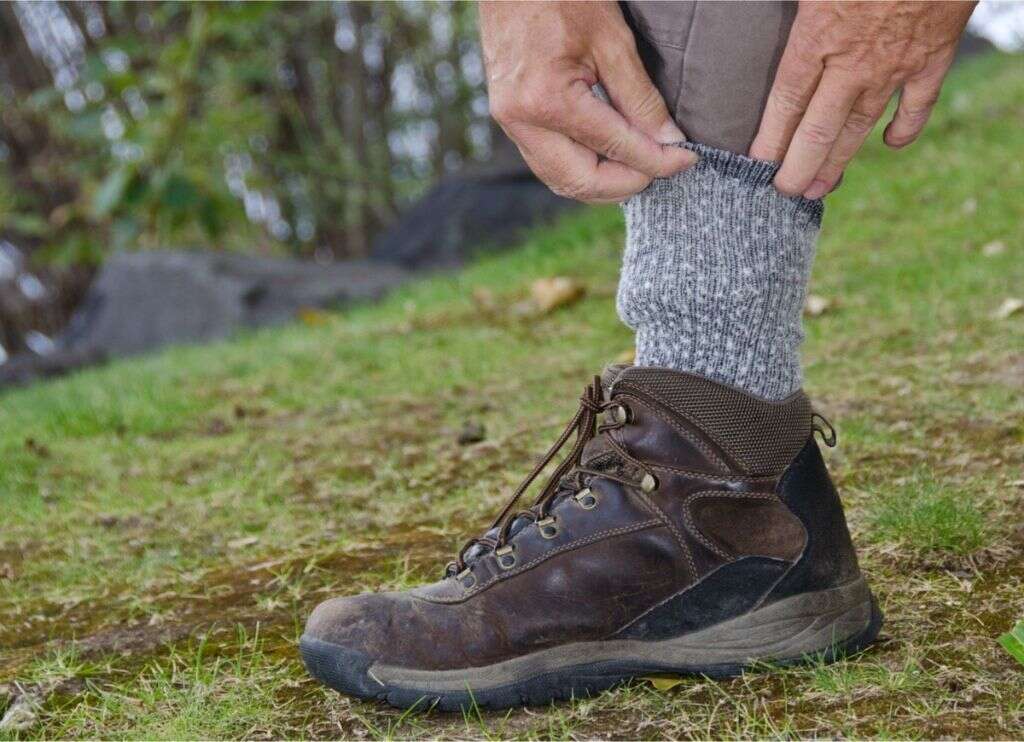
9. Preventative Measures: After Returning Indoors
Once indoors, it is important to do a tick check if you’ve been in areas where ticks are found, including your yard. Check your clothing for ticks, remove any found and dry your clothes on high heat for at least 10 minutes or until thoroughly dried.
Ticks prefer warm and moist environments, so be sure to check your armpits, in and around the ears, the groin area and scalp. Also look behind your knees and around your waist. Taking a shower can help wash off any ticks that have not yet attached to your skin.

10. Preventative Measures: Tick Removal
If you find a tick that has attached to your skin, removal reduces the chances of contracting RMSF. To remove the tick, it is best to use tweezers; however, care must be taken in the process. Grasp the tick as close to your body as possible, but do not crush it. Pull gently, straight away from your body, without tugging or twisting.
It may take several seconds before the tick removes its head, as it will not want to stop feeding. Once you do get the tick out, place it in a baggy with a little rubbing alcohol to kill it and keep it for later testing if needed. Thoroughly wash the bite area with soap and hot water. Stay alert to possible signs of RMSF.




